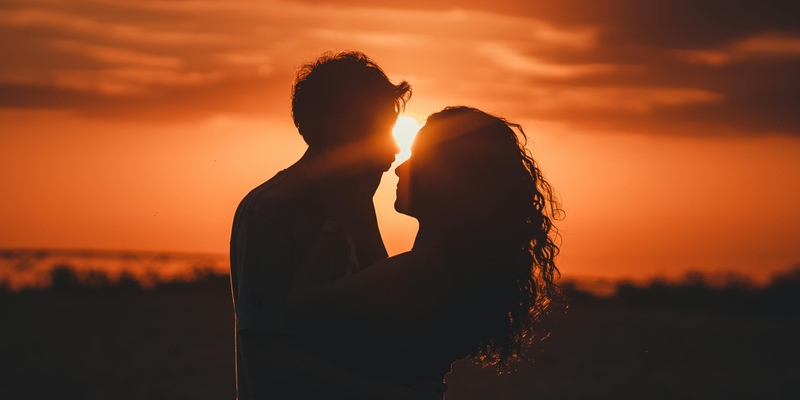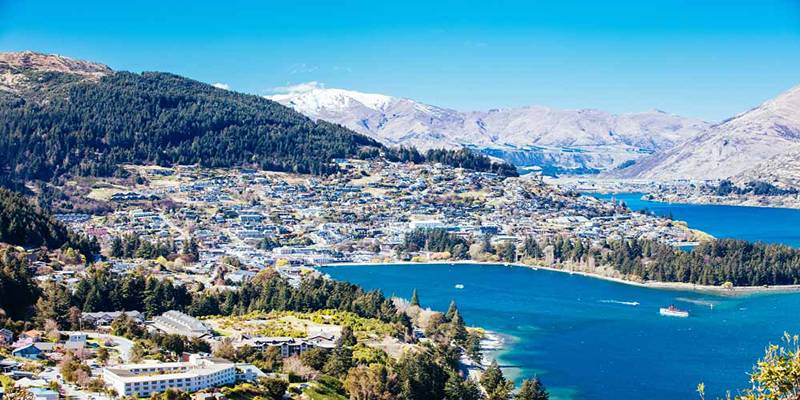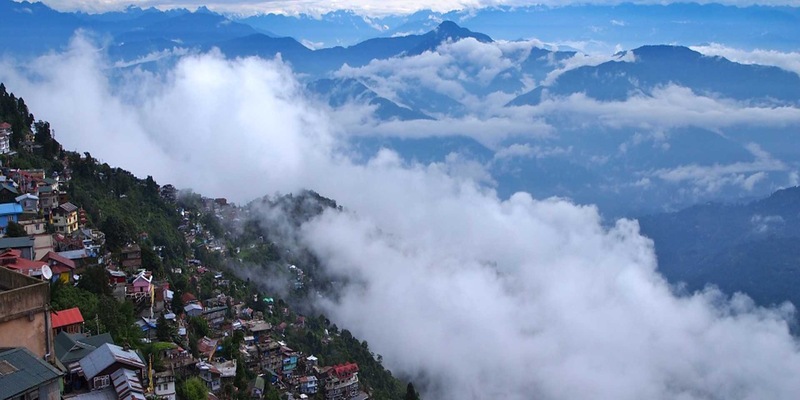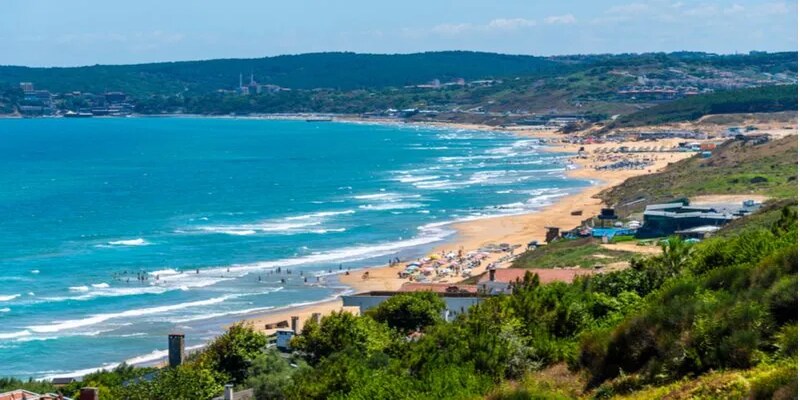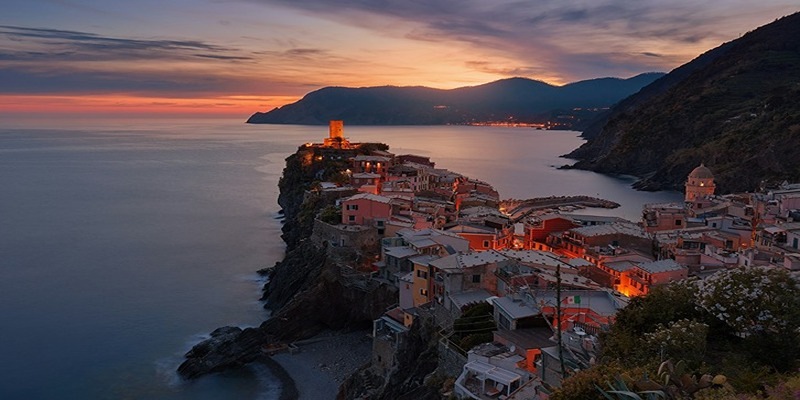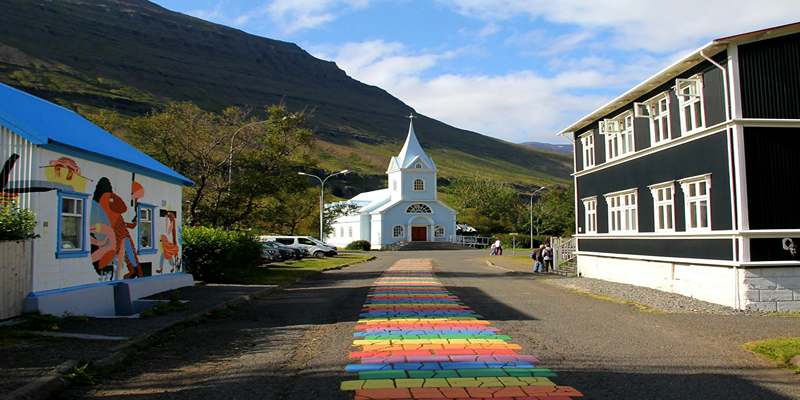Iceland is a land of breathtaking contrasts, where each season brings a new and unique experience. Understanding Icelands seasons and their particular charm will help you plan an unforgettable trip that aligns with your interests, whether its chasing the aurora, exploring glaciers, or attending summer festivals. Heres an Iceland travel guide detailing the best time to visit Iceland for a variety of unforgettable experiences.
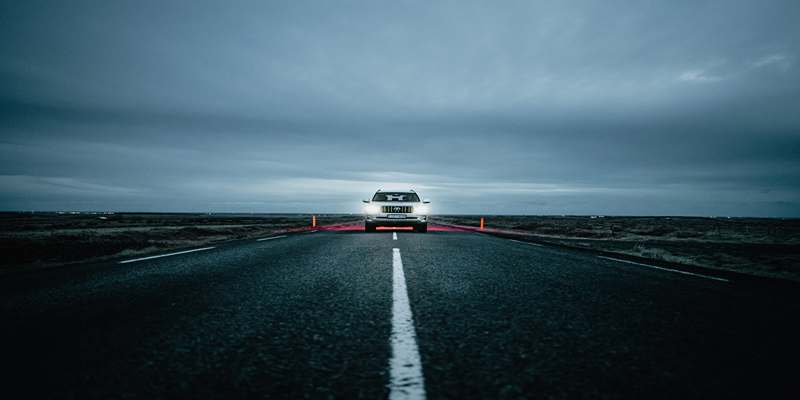
Iceland Travel Seasons: An Overview
High Season (June to August)
Icelands high season occurs during the summer months of June through August, attracting travelers from around the world who seek the endless daylight of the Midnight Sun. This time of year offers warmer temperatures, ideal for exploring Icelands vast landscapes. Summer is also when roads to the Highlands open, giving access to some of the countrys most remote and stunning locations. With nearly 24 hours of daylight, summer offers ample time for outdoor activities, from hiking and camping to fishing and birdwatching. However, expect larger crowds and higher prices for accommodations and tours, as summer is Icelands busiest time.
Shoulder Season (May, September)
The shoulder season in IcelandMay and Septemberoffers an excellent balance of pleasant weather, fewer crowds, and lower prices. In May, Icelands landscapes come to life with blooming wildflowers and longer daylight hours. Its also the beginning of the whale-watching season, making this a great time to spot humpback and minke whales. September, on the other hand, is a fantastic time to visit if youre hoping to catch the Northern Lights, as the nights start to grow longer, providing darker skies.
Low Season (October to April)
October to April is Icelands low season, marked by colder temperatures and shorter daylight hours. However, its also when youll find the best conditions for winter-specific activities, such as Northern Lights viewing, glacier hiking, and exploring ice caves. With the holiday season in December, Reykjavik transforms into a festive destination, adorned with lights and hosting holiday events. Winter also brings lower accommodation costs, making it more budget-friendly. Though winters harsh weather can limit travel in some areas, it offers a cozy, quieter side of Iceland thats ideal for those seeking snowy landscapes and winter adventures.
Best Time Iceland Offers for Popular Activities
Northern Lights Viewing (September to April)
For many, seeing the Northern Lights is a bucket-list experience, and Iceland is one of the best places to view this natural phenomenon. The ideal months for Northern Lights viewing are September through April, when the nights are long enough for the aurora to be visible. Autumn (September to November) and spring (March to April) offer particularly good viewing opportunities, as they provide clear skies and fewer tourists.
Glacier Hiking and Ice Caves (November to March)
Icelands glaciers and ice caves are at their most accessible and beautiful from November to March, when colder temperatures keep the caves stable and safe to explore. Guided tours are essential for glacier hiking and ice cave exploration, as conditions can be unpredictable. Vatnajkull National Park is home to some of the most popular glaciers, offering unique experiences like hiking on blue ice and venturing into crystal-clear ice caves.
Whale Watching (April to October)
April to October is the peak whale-watching season in Iceland, drawing visitors eager to see these magnificent creatures up close. During this time, the waters around Iceland are home to several whale species, including humpbacks, orcas, and minke whales. The best spots for whale watching are Husavik in the north and Reykjaviks Old Harbor in the west. While tours are available year-round, spring through summer provides the calmest seas and the highest chance of sightings.
Summer Festivals and Events (June to August)
Summer is the festival season in Iceland, with celebrations and cultural events taking place throughout the country. Reykjaviks Secret Solstice Festival in June is one of the most popular events, combining live music with the experience of the Midnight Sun. The National Day on June 17 celebrates Icelands independence with parades, performances, and street parties in Reykjavik. Another unique festival is Verslunarmannahelgi, a long weekend in early August, known for outdoor gatherings and music festivals. These events offer a glimpse into Icelandic culture and a chance to celebrate with locals during the long, bright summer days.
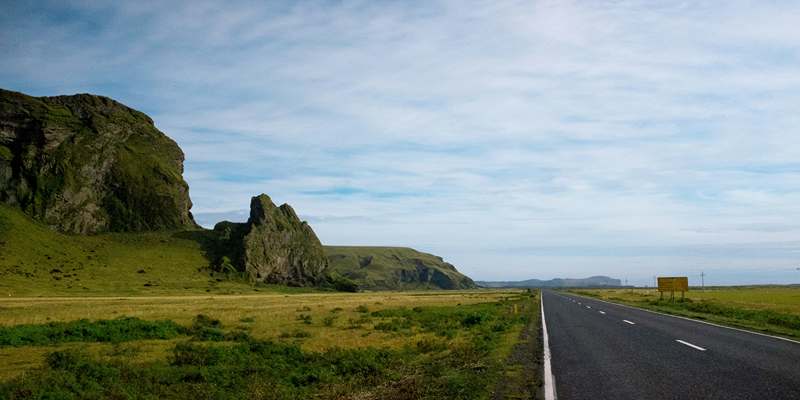
Choosing the Iceland Ideal Times by Season
Spring in Iceland (March to May)
Spring brings a sense of renewal to Iceland, with increasing daylight hours and gradually warmer temperatures. March still has some snow in the mountains, making it a great time for Northern Lights viewing before they disappear for the season. By April and May, Icelands landscapes begin to thaw, and fields come alive with wildflowers and greenery. Spring also marks the arrival of migratory birds, including puffins, making it a great time for birdwatching.
Summer in Iceland (June to August)
Summer is the ideal season for those who want to explore Icelands natural wonders without restrictions, as all of Icelands roads and trails are accessible. The weather is at its warmest, and the days are almost endlessly bright, thanks to the Midnight Sun. This season is perfect for outdoor enthusiasts, offering everything from hiking and camping to river rafting and horseback riding.
Fall in Iceland (September to November)
Autumn brings a serene beauty to Iceland, with golden landscapes, cooling temperatures, and fewer tourists. September is still relatively warm, allowing for activities like hiking and whale watching. As the season progresses, autumn colors dominate the scenery, especially in national parks like Thingvellir and Skaftafell.
Winter in Iceland (December to February)
Winter in Iceland offers a unique charm, transforming the landscape into a snow-covered wonderland. While the days are shorter, Icelands winter months are ideal for seeing the Northern Lights, enjoying glacier tours, and taking part in holiday festivities. Reykjaviks Christmas markets, ice skating rinks, and festive lights bring a warm holiday spirit to the city. Winter also offers the best conditions for exploring ice caves and glacier hiking, making it an adventurous time for those who love snow activities.
Conclusion
Choosing the best time to visit Iceland depends on the experiences youre seeking, as each season offers unique attractions and natural wonders. From the Midnight Sun and summer festivals to Northern Lights and winter adventures, Icelands varied seasons provide endless opportunities for exploration. By understanding Icelands travel seasons, budgeting wisely, and packing appropriately, youll be ready to create unforgettable memories in this beautiful country. Embrace the magic of Iceland year-round and discover a destination that captivates with its diverse landscapes and seasonal beauty.
